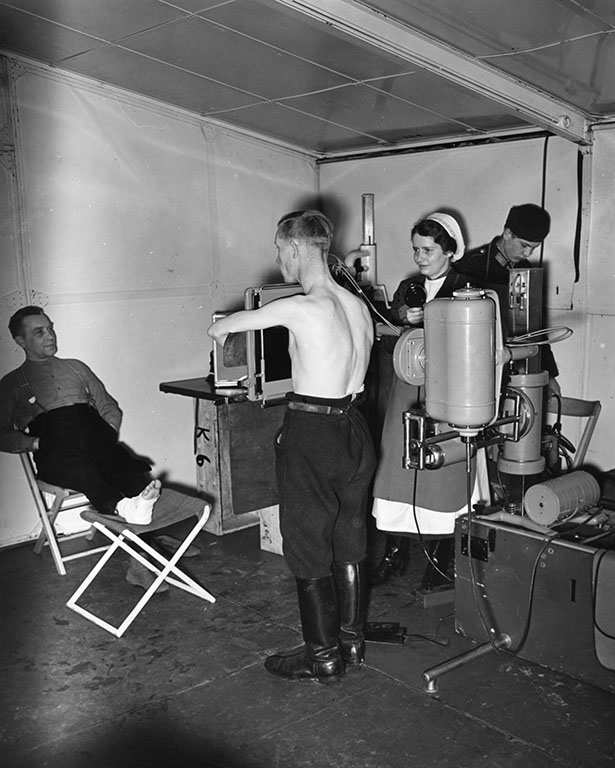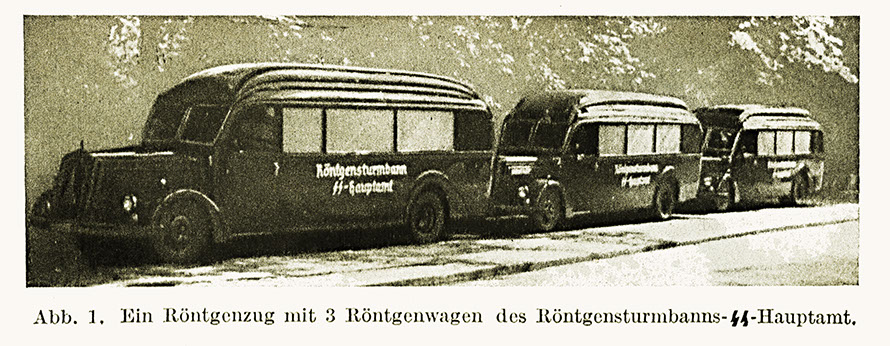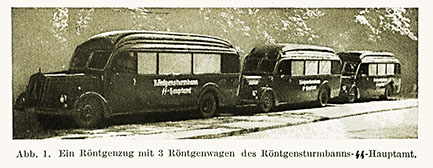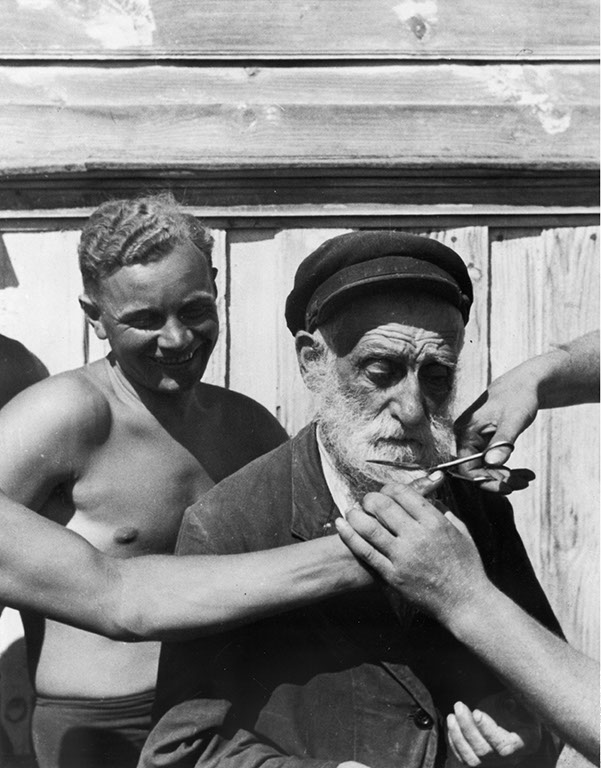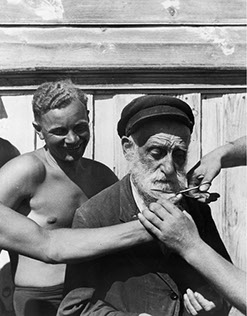
The Master Plan for the East
The successful deployment of new equipment at the National Socialist Party’s Reich Party Rally in 1938 motivated SS-Standartenführer Hans Holfelder to form a motorised mobile X-ray unit. An expanded group of employees made up of selected SS medics and the new mobility of the X-ray equipment now enabled other geographical areas of application. The “motorised X-ray unit,” called the “Röntgensturmbann SS-Hauptamt,” performed a major, multi-week operation in the summer of 1939 in which the entire population of the German state of Mecklenburg underwent radiological screening. The X-ray vehicles did not just drive through German districts; they also followed the Wehrmacht on their military campaign into the East. The X-ray unit’s flexible equipment enabled mass radiological screenings while also offering staff and equipment that could serve as an X-ray unit in the field, taking over the usual radiological tasks related to field hospitals.
Until the end of the Second World War, however, the unit’s primary purpose was to search for tuberculosis carriers. The unit received its orders for these missions from the Reich Health Leader, who was also responsible for organizing health services for the resettlement of ‘ethnic Germans.’
The immense population movements that were unleashed by the “Master Plan for the East” displaced people according to “affiliations of blood and ethnicity” within the greater European region. One of the results was the westward migration of ‘ethnic Germans,’ who however were first subjected to physical examinations.
For the overall context, see the German Research Society’s online exhibition on this topic.
In 1941, the maximum strength of what was now called the “Röntgen-Sturmbann of the SS-Führungshauptamt,” still under the leadership of Prof. Dr. Holfelder, was massively increased, and the unit was tasked with fighting tuberculosis beyond the borders of the Reich. Germans “and other peoples” were now to be included in the screenings. The screening of the Polish population for tuberculosis, however, was not for the purpose of identifying those infected in order to begin therapy; this was clear from communications among those responsible for this policy, including Dr. Kurt Blome. The two fates for an estimated 35,000 Polish people infected with tuberculosis were either to be shot or confined in a ‘reservation,’ “such as the ones we are familiar with from those with leprosy,” in which Blome proposed that entire families should be interned. The family members could then care for their ill until they died.
X-ray troop with three X-ray vehicles from the Röntgensturmbann-SS-Hauptamt (1939).
In: Der Deutsche Militärarzt 4 (1939), Vol. 11, p. 493 (photo: Der Deutsche Militärarzt 1939)
Humiliation of a Jewish man by cutting off his beard
(bpk/Joe Heydecker)
Examination of a Volhynia German settler in Lodz, 1940 (SZ photo)
Menu
Deutsche Röntgengesellschaft e.V. © 2018
| Impressum | Datenschutz
